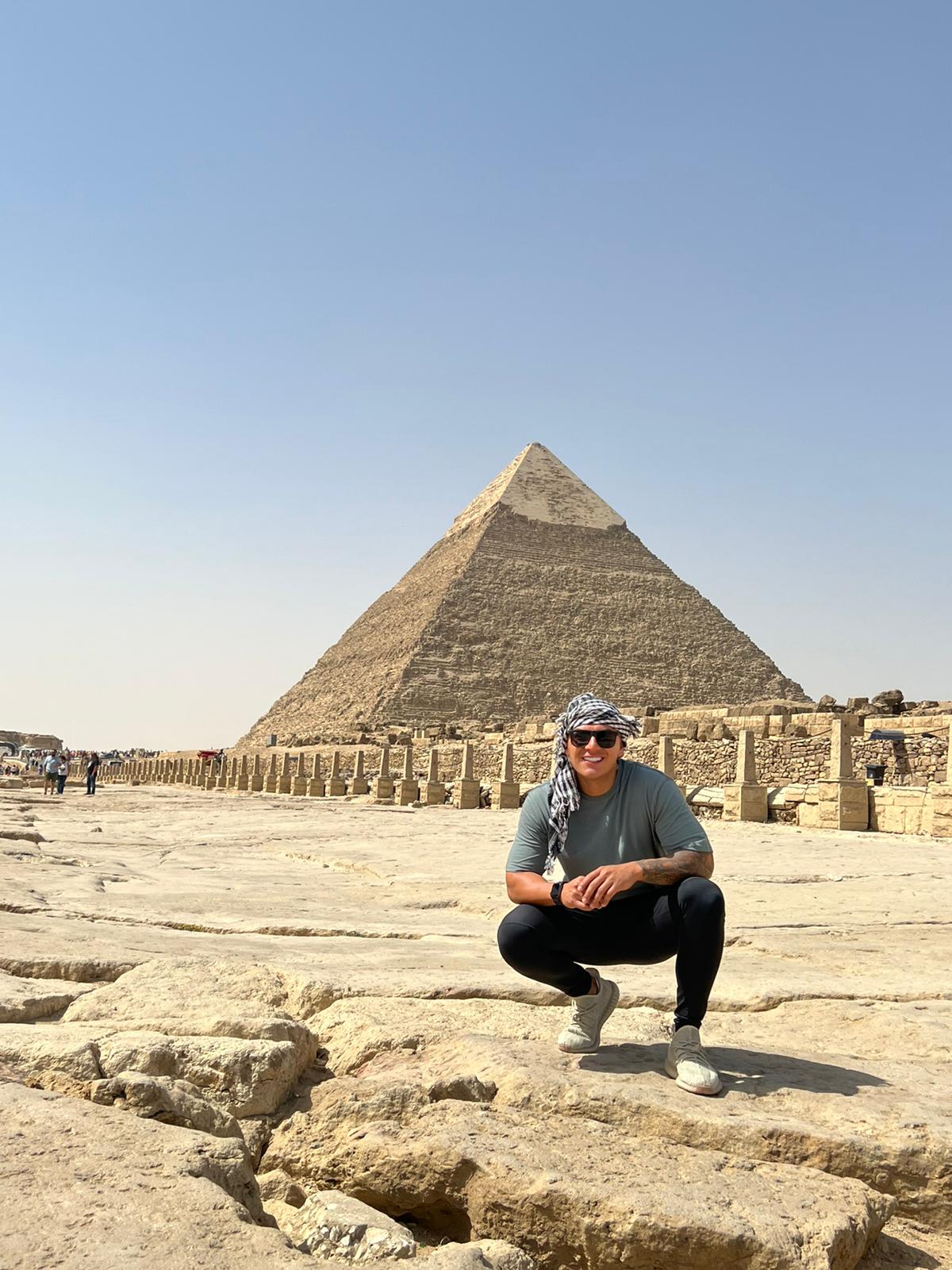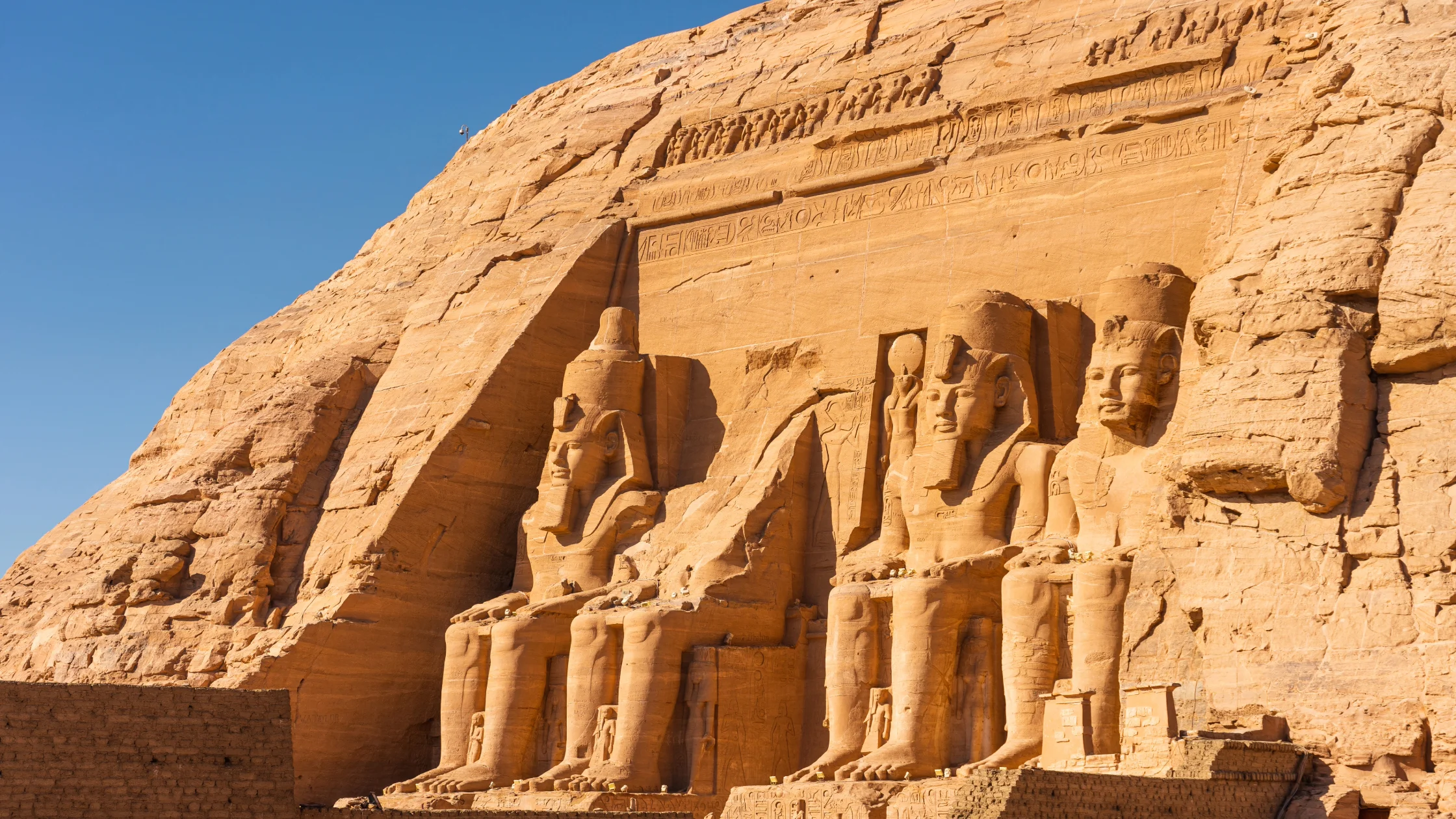Mummification Process
Mummification Process or treating the dead body This process depends on removing all moisture from the body, leaving only a dried form that would not easily decay. In the beginning, the priests in charge of the mummification process Insert a hook through a hole near the nose and pull out a part of the brain. Then they make a cut on the left side of the body near the tummy to remove all internal organs, and they have to wait until the internal organs dry.
Mummification Process
Finally, they put the lungs, intestines, stomach, and liver inside canopic jars, It’s an Alabaster jar, and you can see most of them at the Egyptian Museum. In Ancient Egypt, the Priests used Four Alabaster Jars For the dead king’s organs, the first one had a human head; it could carry and protect the liver. And it’s called Imsety.
second Jar had a falcon head that could carry and protect the intestines and was called Qebehsenuf While the 3rd Jar had the head of a baboon it’s carried and protected
Mummification Processes
the lungs and called Happy. The last one had the head of a jackal and carried and protected the stomach and was called Duamatef. All are Located in Cairo museum and easy to see on the 2nd floor. Some of the King’s Mummies were located in the Mummification Process Room at The Egyptian Museum while the rest of them are still at the Valley of the Kings and all in a good state of preservation.
If you prefer to visit Egypt you can explore our Egypt packages, make you able to witness the Mummies either at the Egyptian Museum in Cairo or at The Valley of The Kings in Luxor. Mummification Process or treating the dead body This process depends on removing all moisture from the body, leaving only a dried form that would not easily decay. In the beginning the priests in charge






